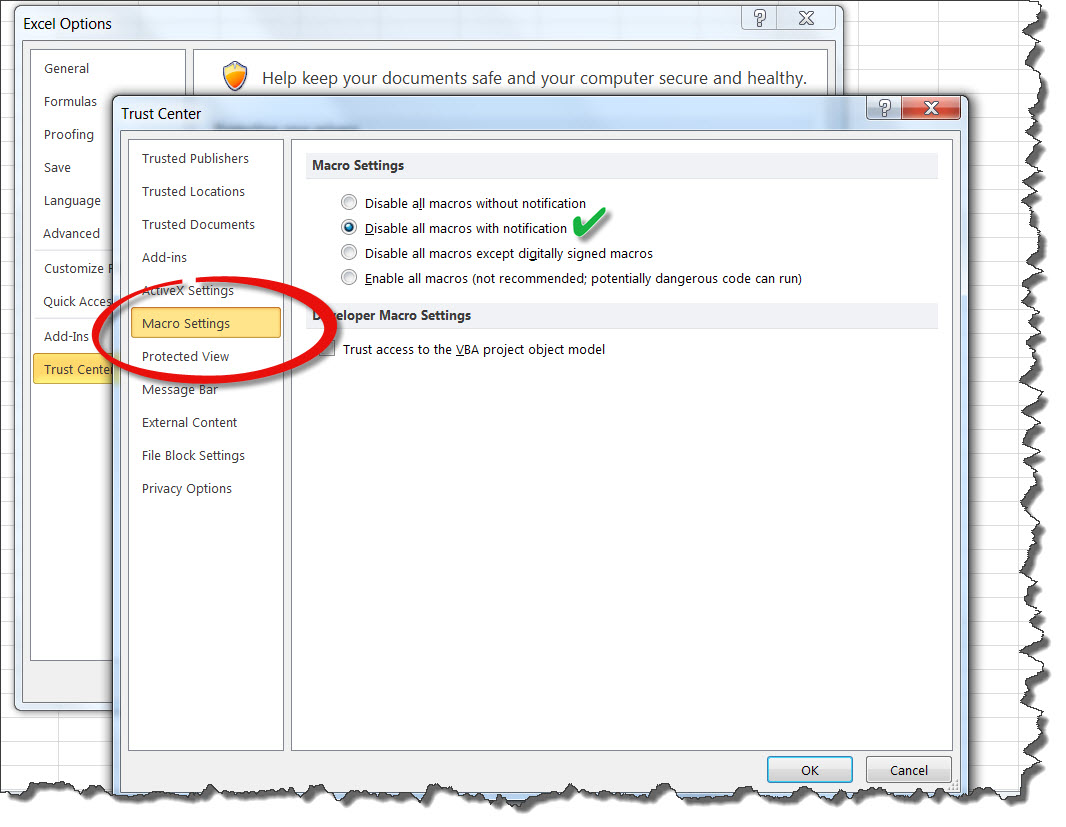Essential Paperwork for Keeping Pigs: A Comprehensive Guide

In the agricultural pursuit of keeping pigs, proper paperwork plays a critical role in maintaining a sustainable and legal operation. Whether you're raising pigs for market, breeding, or simply as a hobby, understanding and keeping the right documents is not just about legal compliance; it's also about protecting your investment and ensuring the health and welfare of your livestock. This comprehensive guide will walk you through the essential paperwork for pig farmers, explaining why each piece of documentation is necessary and how to manage it effectively.
Why Paperwork Matters in Pig Farming
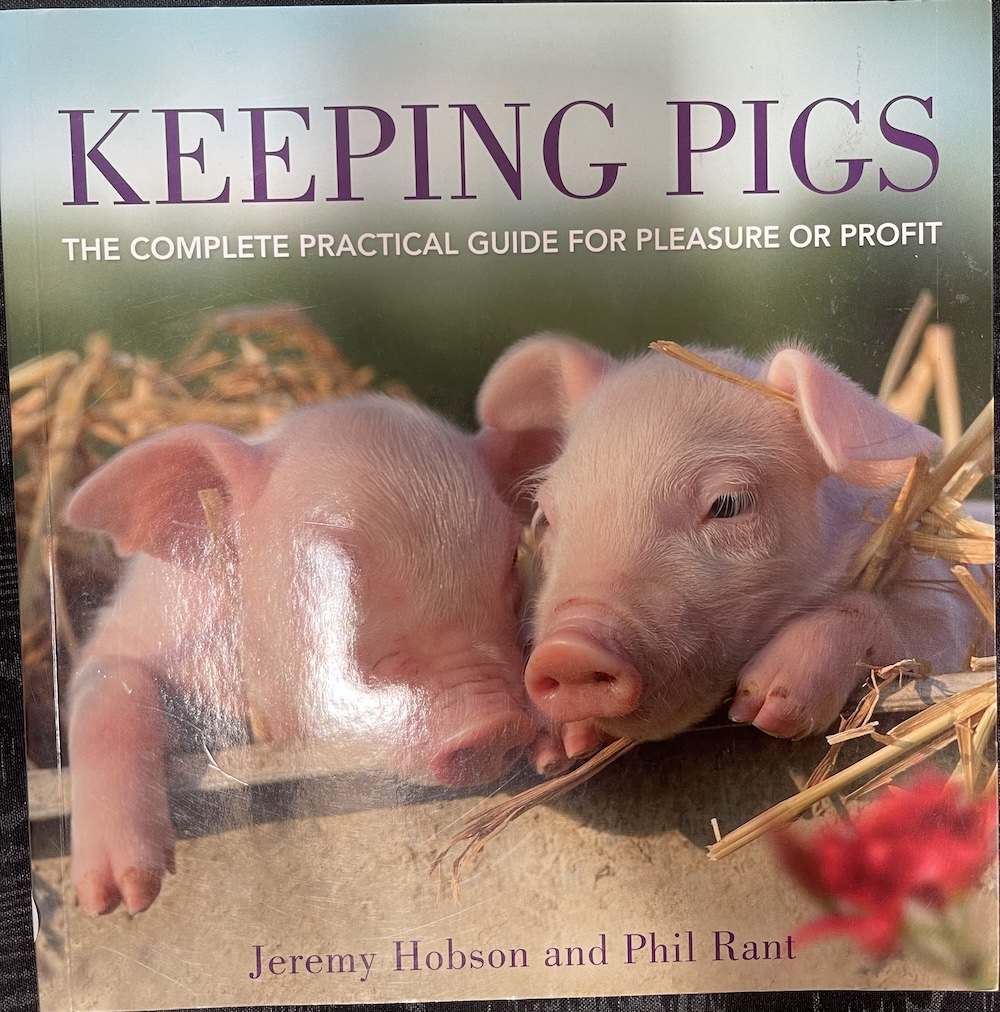
Managing a pig farm involves more than feeding and breeding. Documentation is vital for several reasons:
- Regulatory Compliance: To adhere to local, state, and national regulations regarding animal welfare, environmental impact, and food safety.
- Traceability: Ensuring your pigs can be traced back to their origin for biosecurity, quality control, and disease tracking.
- Business and Financial Management: Keeping records for tax purposes, herd health, and financial planning.
Essential Documents
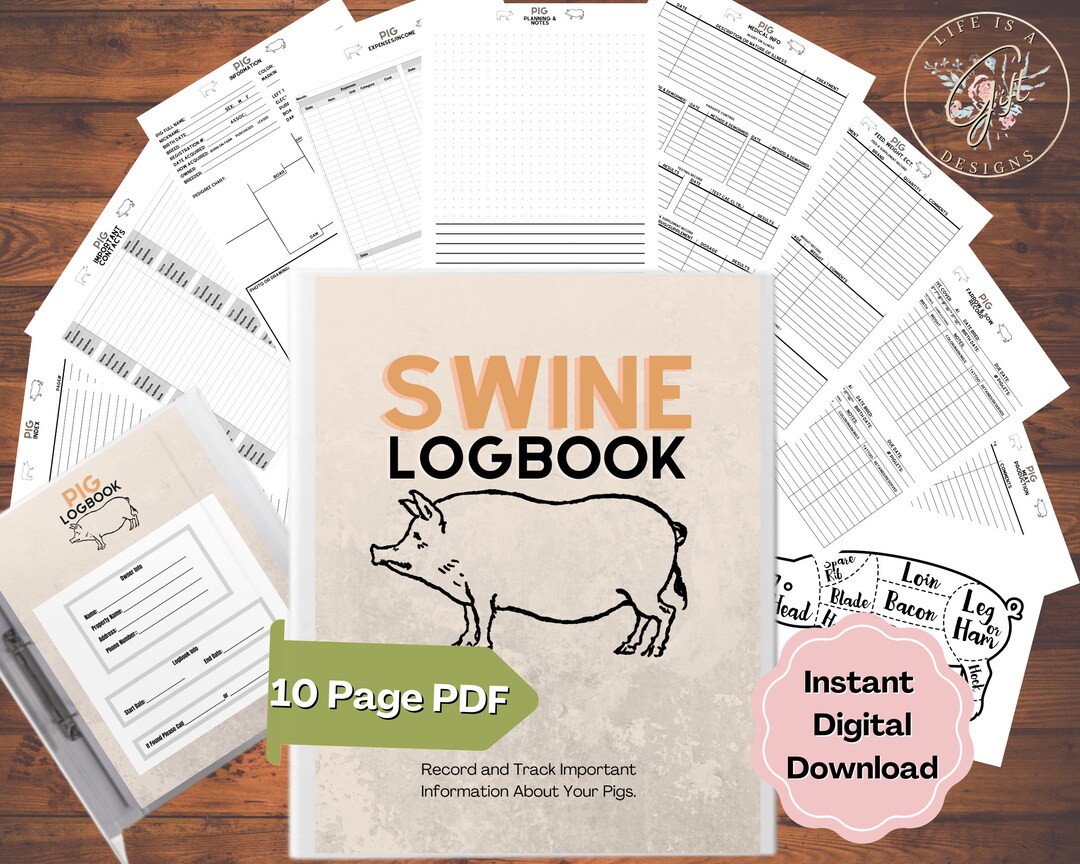
1. Health Records
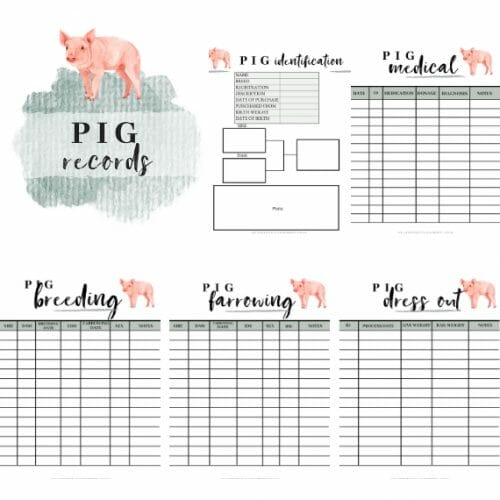
Vaccination, treatment, and health checks are fundamental for maintaining a healthy pig herd. Here’s what you need to keep:
- Records of vaccinations with dates and types.
- Medical treatments received, including antibiotics or other medications.
- Biosecurity measures in place, like footbaths or vaccinations against swine diseases.
- Results of routine health checks and blood tests for diseases like PRRS, PEDV, or swine influenza.
📝 Note: Accurate health records are not only mandatory for biosecurity but also increase the market value of your pigs.
2. Birth and Weaning Records
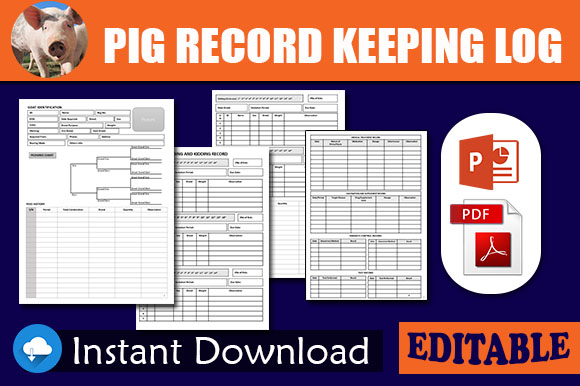
Keeping track of births and weaning events helps:
- Monitor sow productivity.
- Track litter size and piglet growth rates.
- Establish a breeding history for genetic improvement.
3. Sale and Purchase Documents

When buying or selling pigs, comprehensive records are essential:
- Bill of Sale: Contains details of the pigs, buyer/seller information, and the date of transaction.
- Purchase Agreements: Outlining terms of sale, including warranties or health guarantees.
- Registration Certificates: For purebred pigs, to prove lineage and value.
These documents are useful for legal purposes and can influence future sales or purchases.
| Document | Purpose |
|---|---|
| Bill of Sale | Proof of transaction, includes price, quantity, and health information. |
| Purchase Agreement | Legal protection for both buyer and seller, terms of sale. |
| Registration Certificate | Proof of pedigree, for registered breeds. |
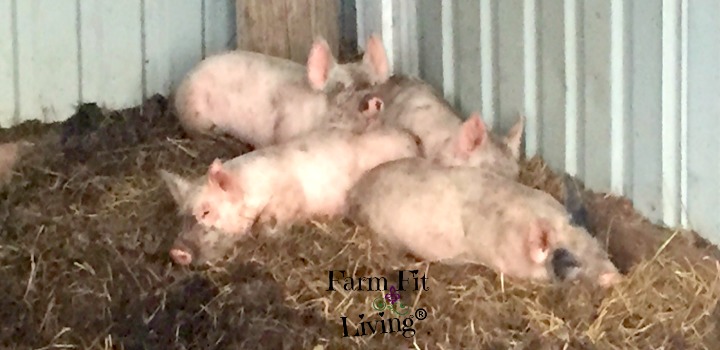
4. Feed and Nutrition Records
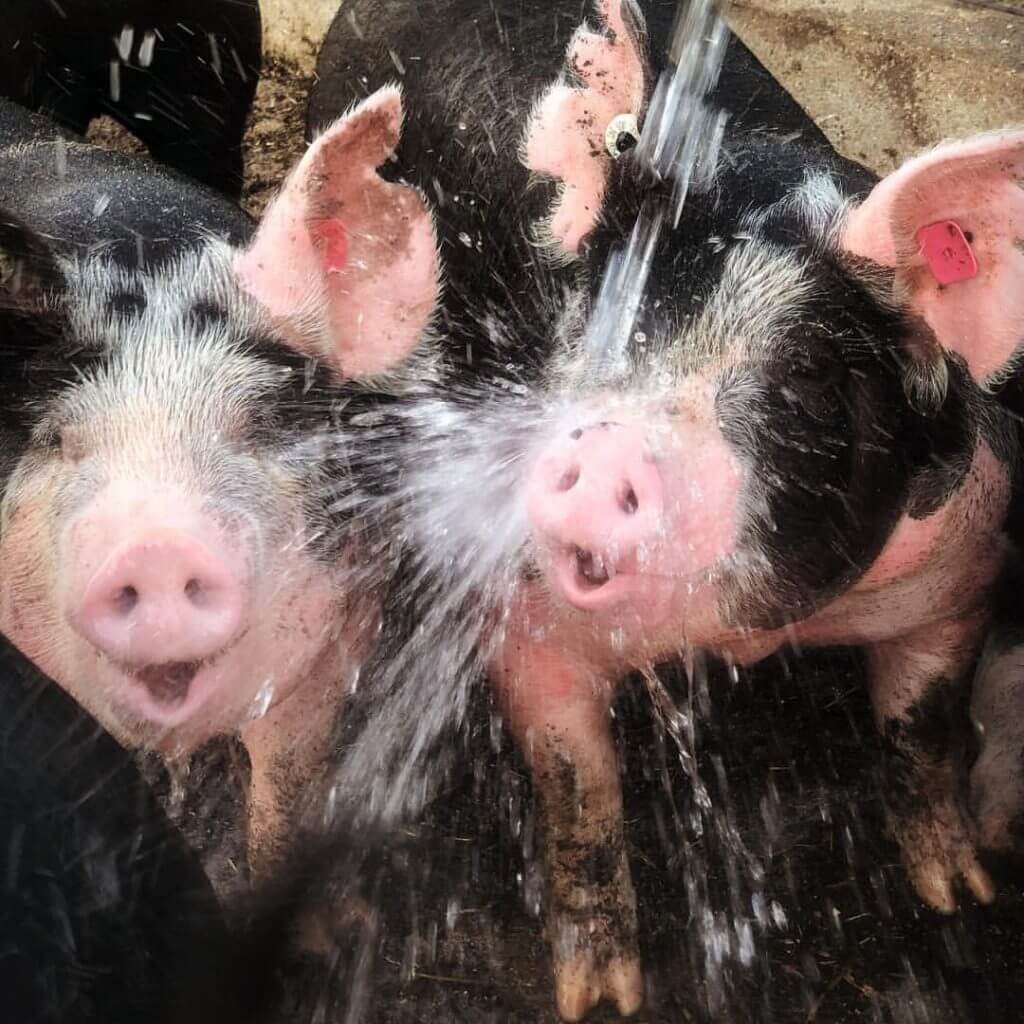
Nutrition management requires:
- Record of feed types, quantities, and feed sources.
- Feed analysis reports if you conduct them.
- Feed cost and expense records for financial analysis.
5. Performance and Production Records
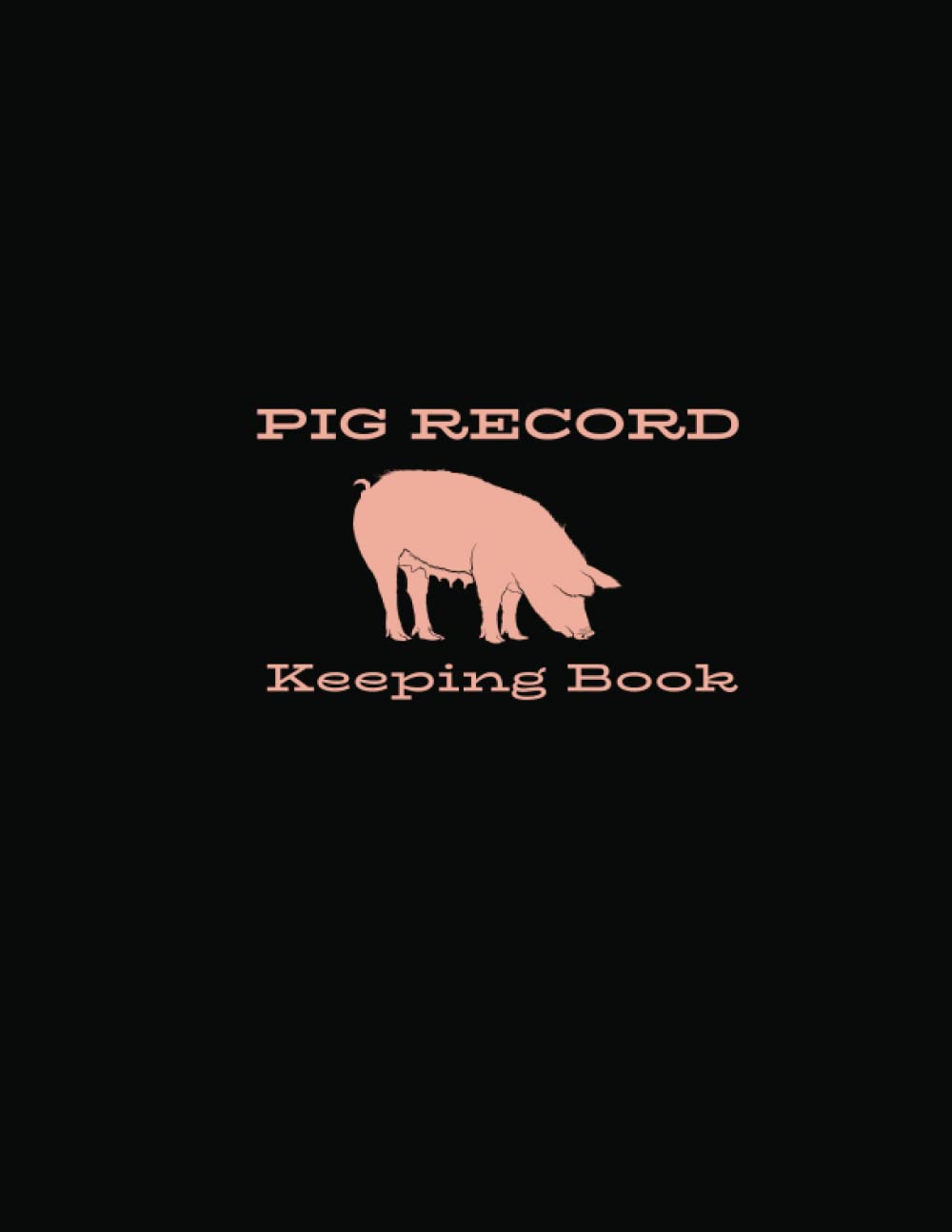
Tracking pig performance provides insights into:
- Growth rates, feed efficiency, and conversion rates.
- Reproductive performance like farrowing rates, litter size, and weaning weights.
- Slaughter records for market pigs, including weight and quality.
6. Biosecurity Protocols

Documenting biosecurity measures ensures:
- Controlled access to the farm or specific areas.
- Protocols for visitor entry and exit.
- Records of any outbreaks or disease incidents, and the control measures taken.
This can protect your herd from zoonotic diseases and maintain herd health.
7. Legal and Compliance Records

Key legal documents include:
- Permits and licenses for animal husbandry.
- Zoning and land use permissions, especially if operating close to residential areas.
- Environmental impact assessments, especially for larger scale operations.
To conclude, keeping proper documentation in pig farming is a blend of legal necessity and operational efficiency. Accurate health records, birth and weaning details, sales and purchases, feed management, performance tracking, biosecurity protocols, and regulatory compliance documents all contribute to a well-run pig farm. They help you manage your business better, track genetic and health improvements, and ensure traceability in case of disease outbreaks. Keeping these records organized not only helps in regulatory compliance but also boosts the potential profitability and sustainability of your pig farming operation.
Why is it important to keep vaccination records for pigs?

+
Vaccination records are crucial for tracking the health status of your pigs, ensuring they are protected against diseases, and complying with health regulations.
How often should I update my pig farming documentation?

+
Regularly, and certainly after any significant event like new pig arrivals, sales, health treatments, or changes in feed or biosecurity protocols.
What should be included in a pig purchase agreement?

+
Details like the number and type of pigs, price, any health guarantees, delivery or pick-up arrangements, and any additional terms both parties agree upon.
Can documentation really help in biosecurity?
+Yes, by keeping records of biosecurity measures, you can track potential disease sources and prove adherence to protocols during audits or inspections.

